How To Grow A Potted Juniper: Caring For Juniper Trees In Containers
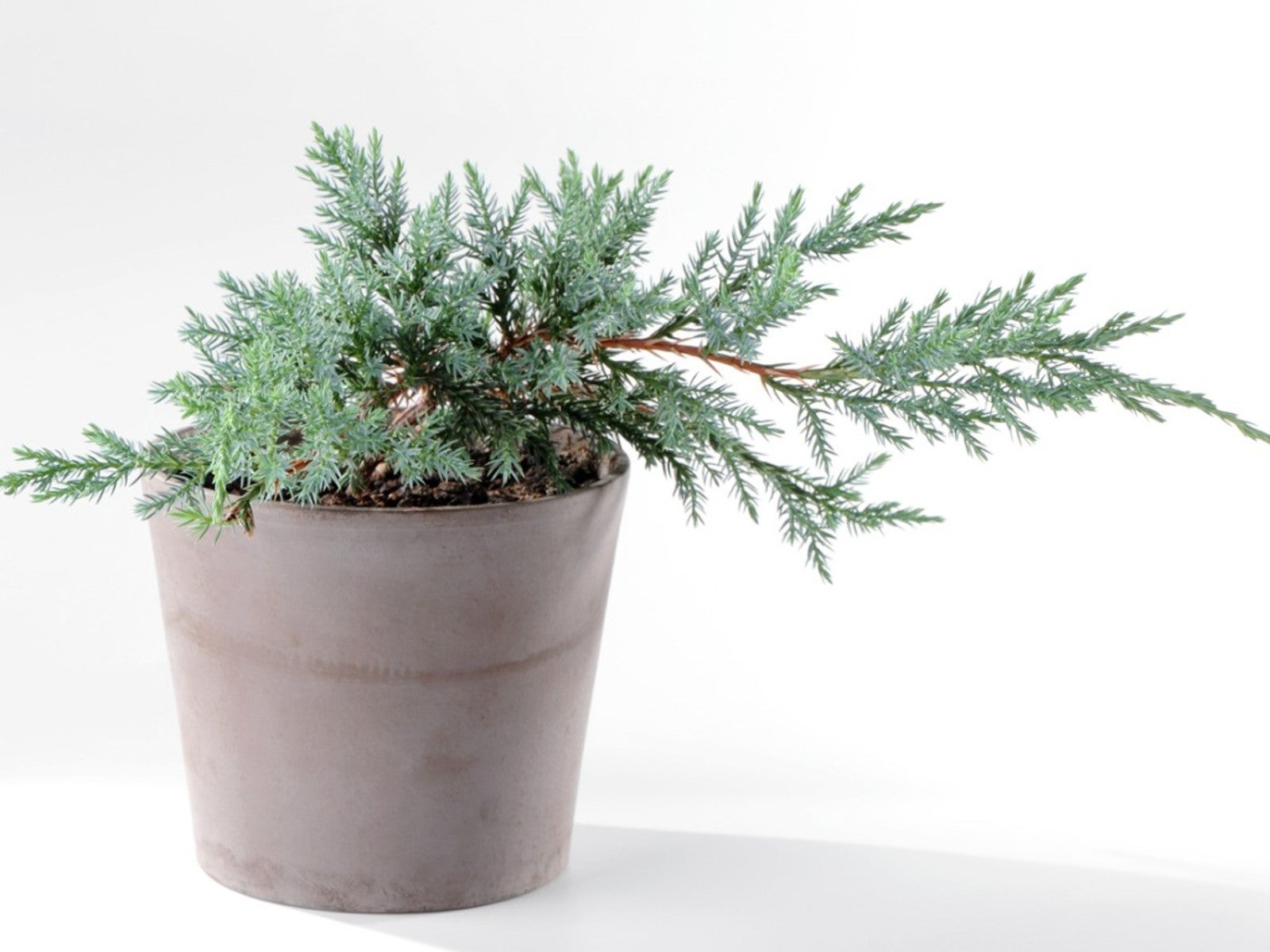

Junipers are attractive, tough, and useful trees in a landscape. They serve well as screens, hedges, windbreaks, foundation plants and specimens, with juniper species ranging from low-growing groundcover shrubs to large conical trees. Small juniper trees also grow well in containers. A potted presentation works particularly well for juniper topiary. Read on for information on how to care for potted junipers.
Juniper Trees
Few trees are more versatile in the backyard than the juniper (Juniperus spp.). There are some 70 species in the genus Juniperus, all aromatic conifers. Junipers have juvenile leaves in the shape of needles and scale-like mature leaves; they also bear small seed cones called berries.
Here are where the similarities end though. There are tall and short junipers, thin and spreading junipers, and even juniper groundcover. Their foliage is far from uniform, with specimens displaying needles in varying shades of green, blue, and yellow. Small junipers are sometimes pruned artistically into juniper topiary.
Potted Juniper
Some short juniper trees are sized well for container planting. These include torulosa juniper (Juniperus chinensis ‘Torulosa’), topping out at 15 feet (5 m.) and gold coin juniper (Juniperus communis 'Gold Cone'), a small tree that doesn’t grow above 5 feet (1.5 m.).
Deciding to grow junipers in containers can have some real advantages. First, potted juniper can provide greenery for homes with limited backyard space. Also, small junipers in containers are easy to move if you place them on rolling container platforms. They can be moved into the sun as the exposure changes and from the patio to the garage when cold weather strikes.
Another advantage of planting short junipers in containers is the ability to select appropriate soil for the tree. All junipers prefer a potting mix that is light and airy and drains well. Acidic soil is preferred.
Potted Juniper Tree Care
If you are considering planting a short juniper tree in a container, you’ll want to learn more about how to accomplish this. The first step is selecting a container. Pick one with drainage holes and make sure it is large enough to allow the juniper to develop its roots. The rule of thumb is to pick a container at least twice the size of the root ball.
Gardening tips, videos, info and more delivered right to your inbox!
Sign up for the Gardening Know How newsletter today and receive a free copy of our e-book "How to Grow Delicious Tomatoes".
Once the juniper is planted, potted juniper tree care is minimal. Water the small juniper every week or so, or whenever the top inch (2.5 cm.) of soil is dry, adding a slow-release fertilizer in spring. Keep the juniper in a sunny area.

Teo Spengler is a master gardener and a docent at the San Francisco Botanical Garden, where she hosts public tours. She has studied horticulture and written about nature, trees, plants, and gardening for more than two decades. Her extended family includes some 30 houseplants and hundreds of outdoor plants, including 250 trees, which are her main passion. Spengler currently splits her life between San Francisco and the French Basque Country, though she was raised in Alaska, giving her experience of gardening in a range of climates.
-
 Try The Trend – Turn Any Bed Into A Keyhole Garden With This Clever In-Ground Composter
Try The Trend – Turn Any Bed Into A Keyhole Garden With This Clever In-Ground ComposterKeyhole gardening is an efficient and sustainable practice that saves space. Get started on this DIY project quickly and easily with an in-ground composter.
By Bonnie L. Grant
-
 4 Superfast Composting Methods: Turn Waste Into Garden Gold In 30 Days Or Less
4 Superfast Composting Methods: Turn Waste Into Garden Gold In 30 Days Or LessTry the fastest composting methods to turbocharge your pile and transform kitchen scraps and garden waste into finished compost in just a few weeks.
By Mary Ellen Ellis
-
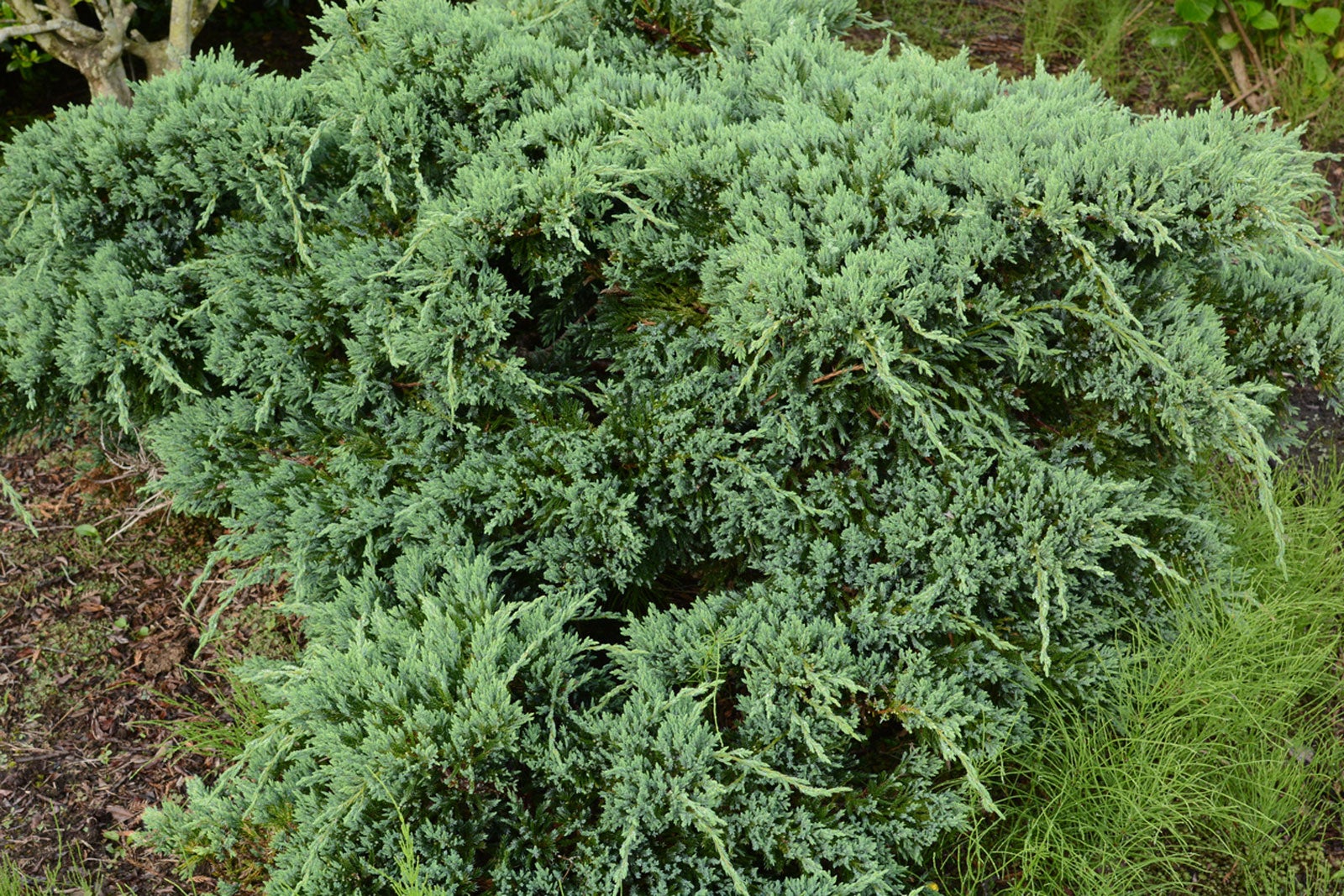 Japanese Juniper Care – How To Grow A Japanese Juniper Plant
Japanese Juniper Care – How To Grow A Japanese Juniper PlantIf you want a "set and forget" type of plant, Japanese juniper care is minimal and easy once established. For more information about this shrub of low heights and how to grow it in your garden, click the following article.
By Bonnie L. Grant
-
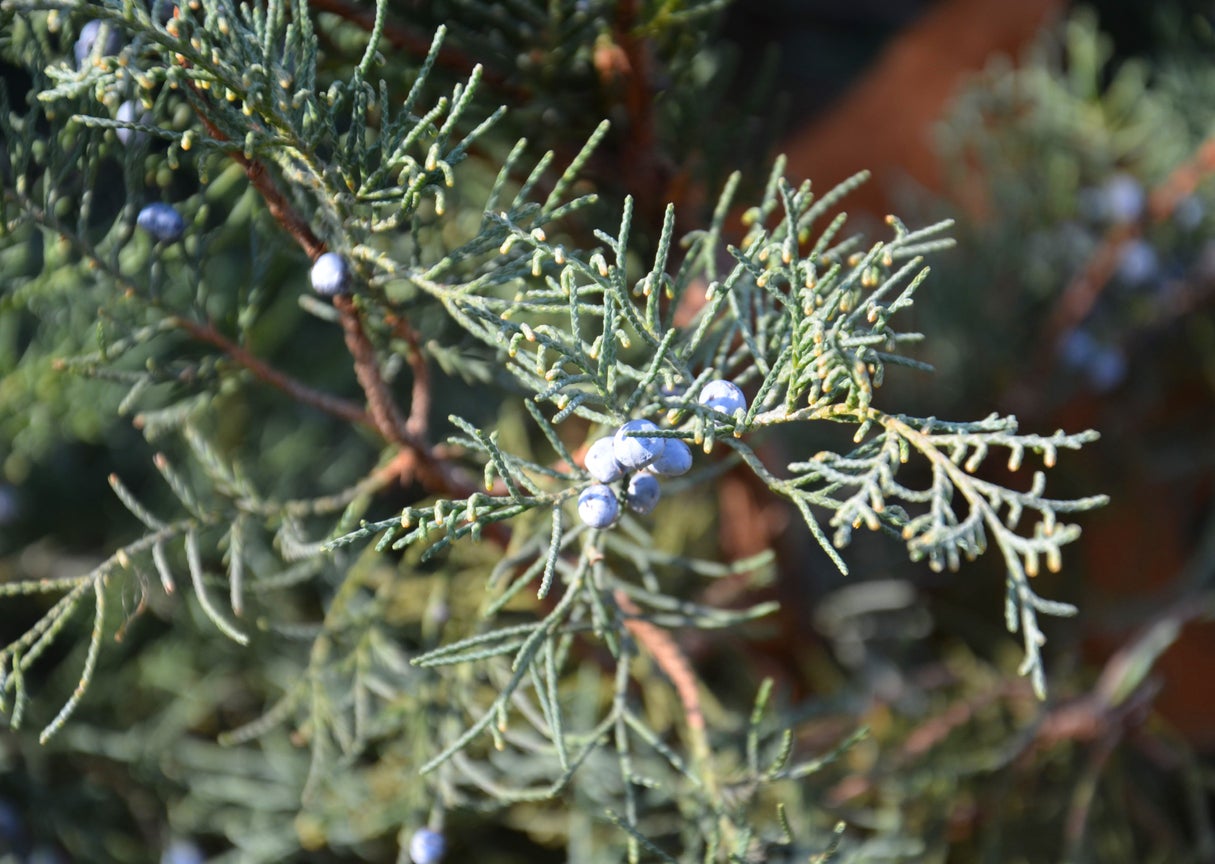 Mountain Cedar Information: Is Mountain Cedar Pollen Causing You Problems
Mountain Cedar Information: Is Mountain Cedar Pollen Causing You ProblemsMountain cedar is a tree with a common name full of contradictions. The tree is not a cedar at all, and its native range is central Texas, not known for its mountains. In fact, trees called mountain cedar are actually ashe juniper trees. Click here to learn more.
By Teo Spengler
-
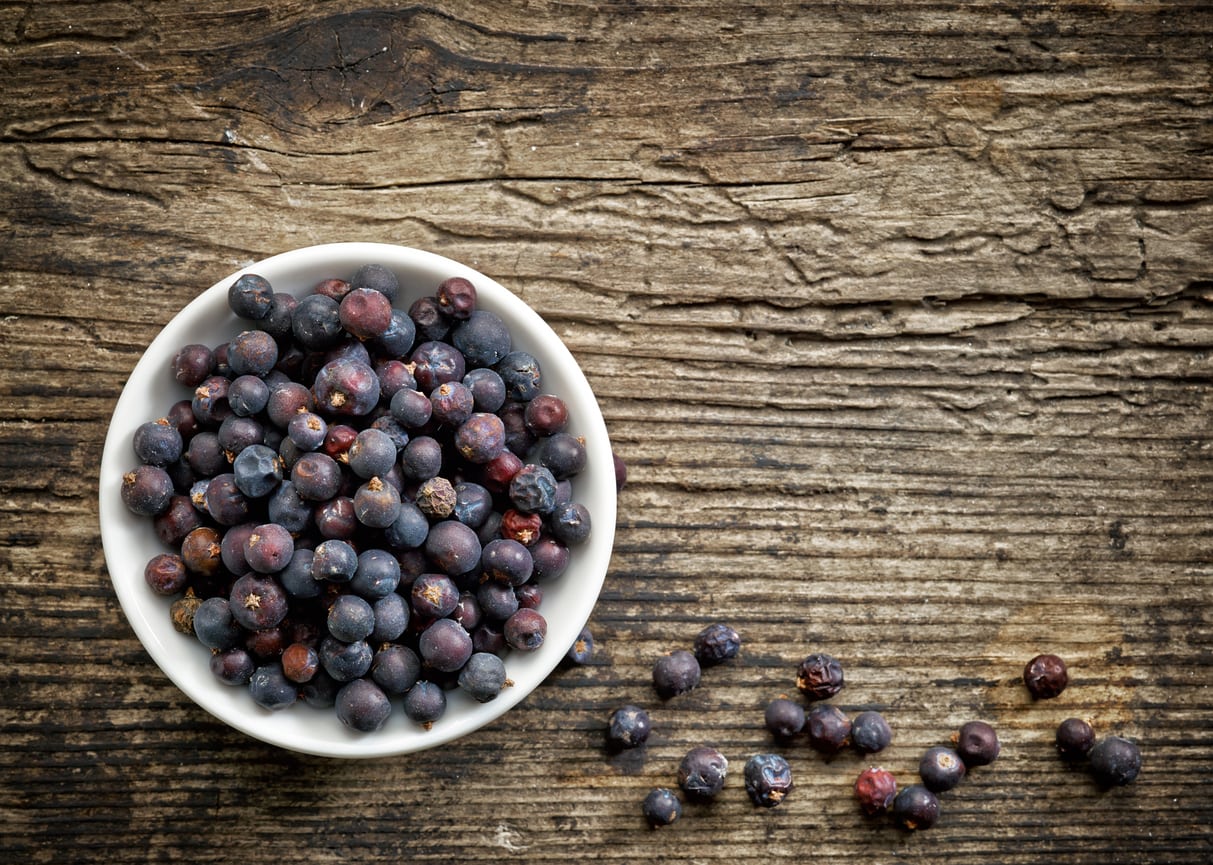 Are All Juniper Berries Edible – Is It Safe To Eat Juniper Berries
Are All Juniper Berries Edible – Is It Safe To Eat Juniper BerriesJuniper berries have been used as a strong flavoring for wine, mead, and other alcoholic beverages, as well as a spice for meats, stews, sauerkraut, and other dishes. Upon reading this, you may be wondering are all juniper berries edible? Click here for that answer.
By Darcy Larum
-
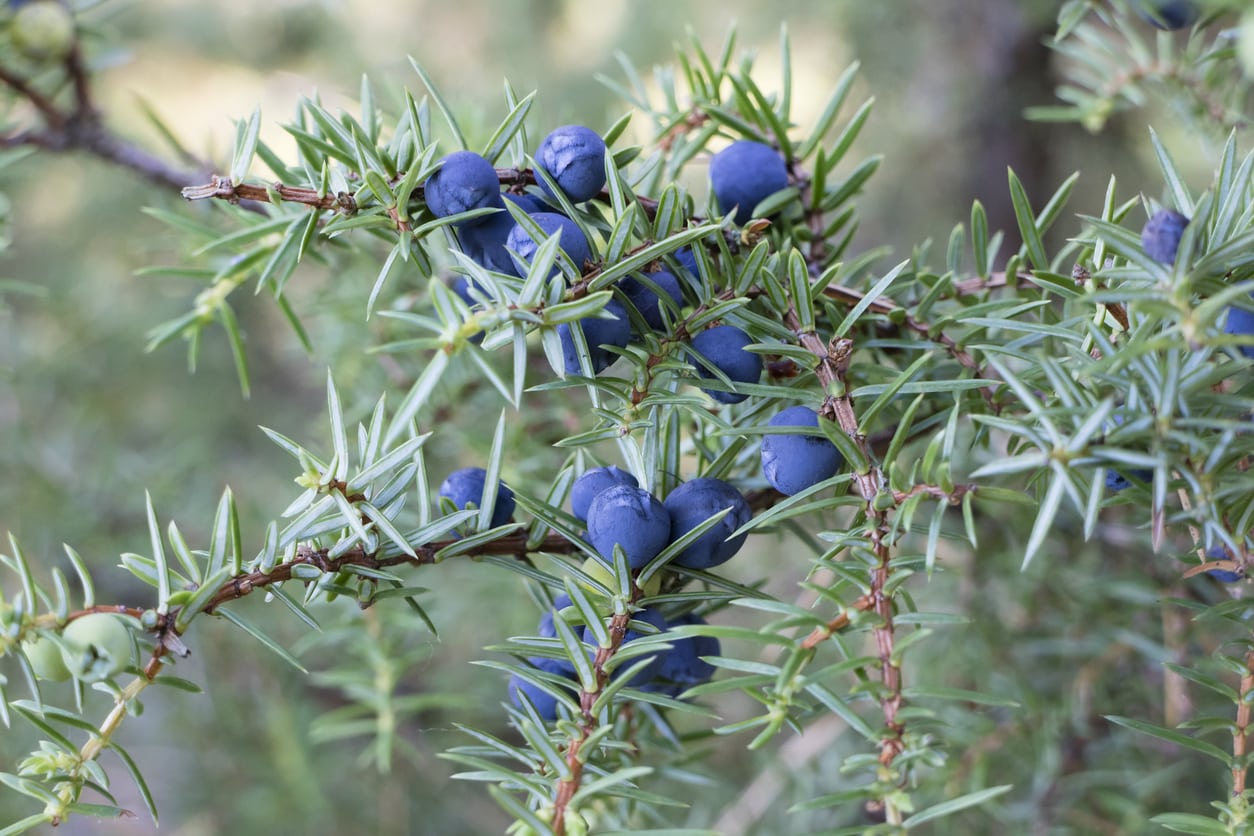 Juniper Berry Uses – What To Do With Juniper Berries
Juniper Berry Uses – What To Do With Juniper BerriesGiven that they are prolific and the fruit looks so much like a berry, the natural question is ‘can you eat juniper berries?” If so, what do you do with juniper berries? Click on the following article to find out how to use juniper berries along with some useful juniper berry recipes.
By Amy Grant
-
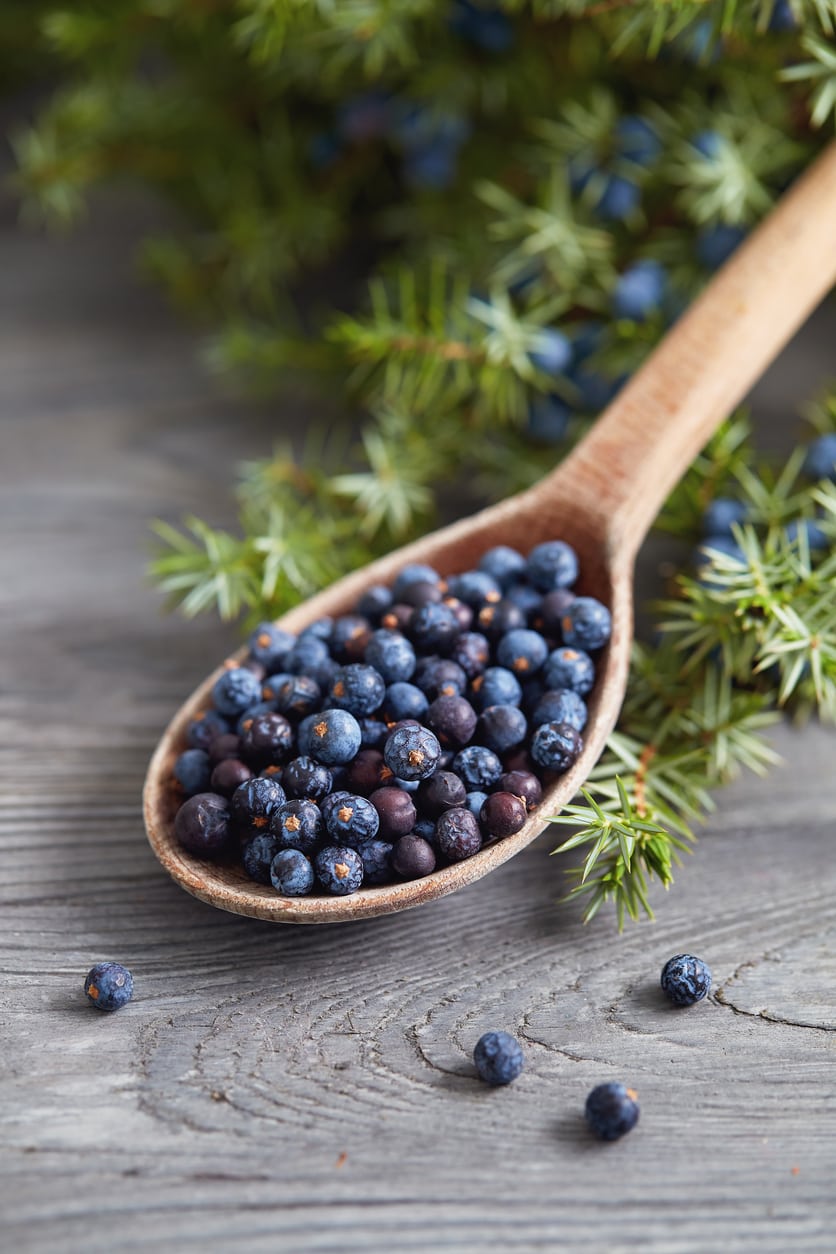 Juniper Berry Harvest Tips: How To Pick Juniper Berries
Juniper Berry Harvest Tips: How To Pick Juniper BerriesMany junipers produce berries that are toxic and inedible, but Juniperus communis berries are edible! Safe, aromatic and interesting, learn how to know which ones are safe how to harvest them.
By Bonnie L. Grant
-
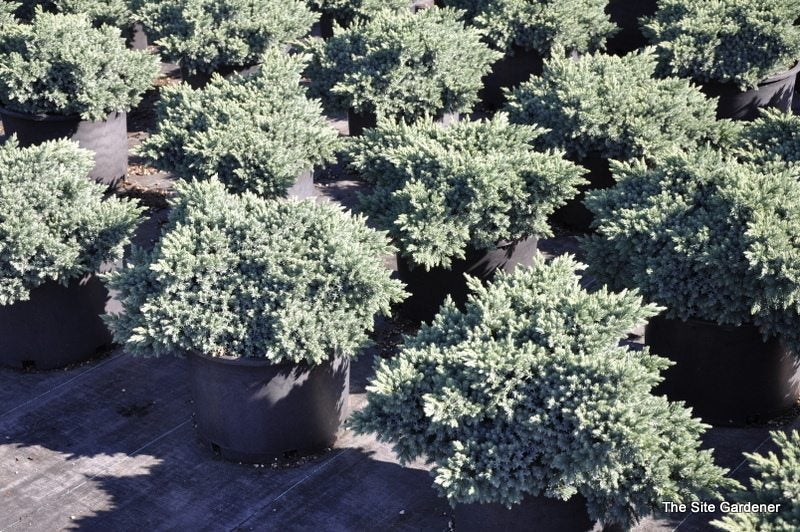 Growing Juniper ‘Blue Star’ – Learn About Blue Star Juniper Plants
Growing Juniper ‘Blue Star’ – Learn About Blue Star Juniper PlantsWith a name like "Blue Star," this juniper sounds as American as apple pie but, in fact, it is native to Afghanistan, the Himalayas, and western China. Gardeners love Blue Star for its thick, starry, blue-green foliage and its graceful rounded habit. Learn more here.
By Teo Spengler
-
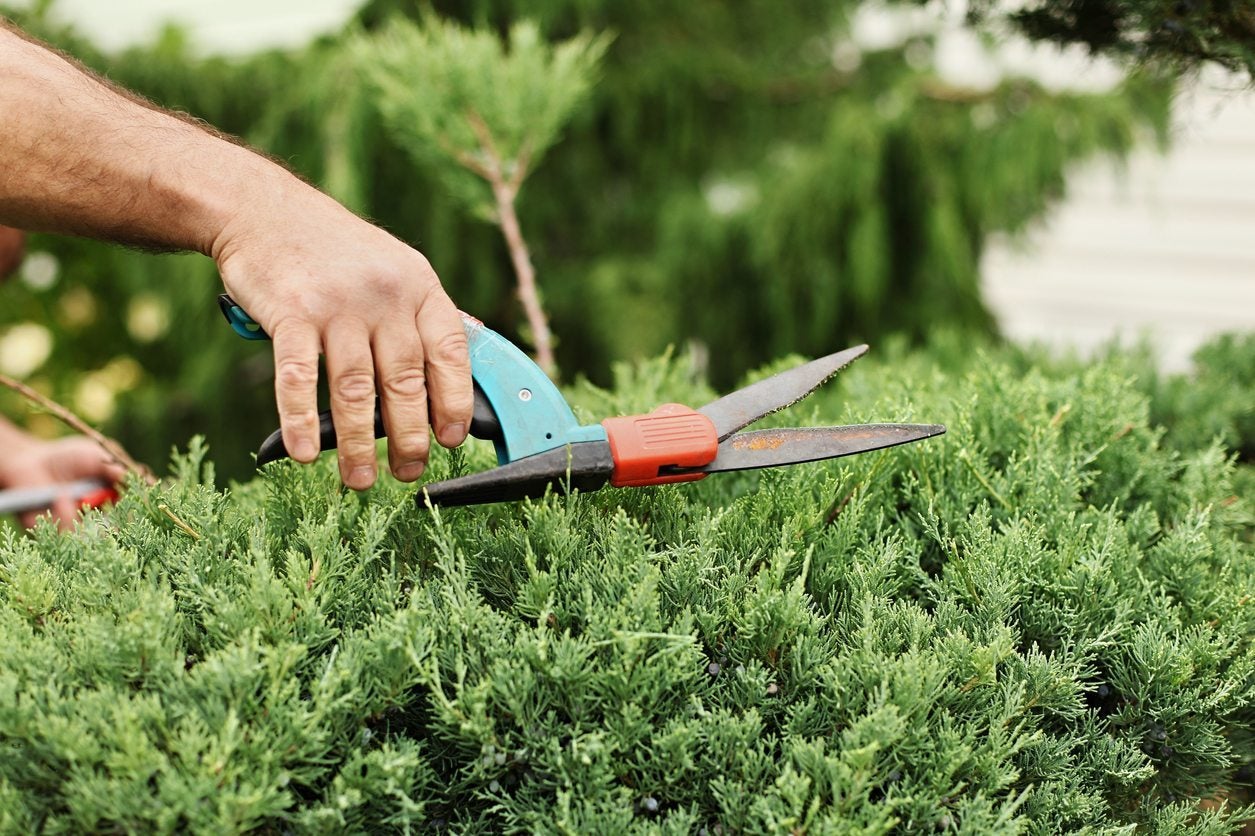 Can You Prune An Overgrown Juniper – Tips For Overgrown Juniper Pruning
Can You Prune An Overgrown Juniper – Tips For Overgrown Juniper PruningJuniper shrubs and trees are a great asset to landscaping. But sometimes, like the best things in life, they get away from us. What was once a smart shrub is now a wild, overgrown monster. So what can you do with a juniper that?s gotten out of hand? Find out here.
By Liz Baessler
-
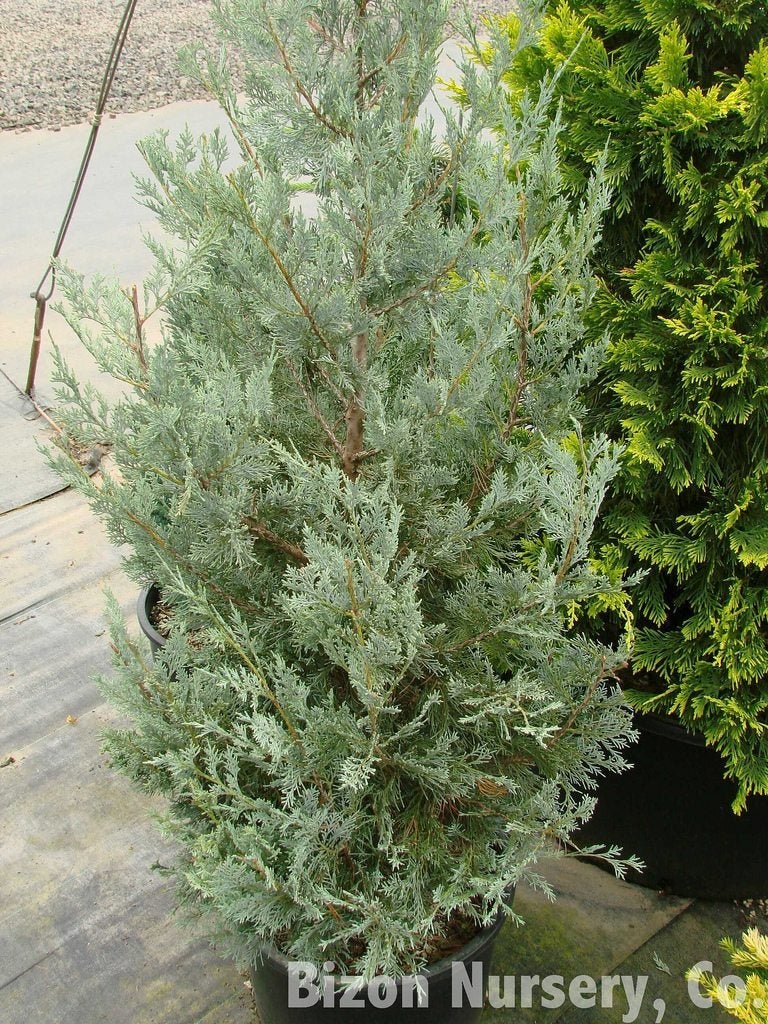 Wichita Blue Juniper Care: Tips For Growing Wichita Blue Junipers
Wichita Blue Juniper Care: Tips For Growing Wichita Blue JunipersWichita Blue juniper trees have an attractive broad-pyramid form that works well in a screen or hedge. With gorgeous silver-blue foliage all year long, these cultivars turn heads wherever they are planted. For more Wichita Blue juniper information, click here.
By Teo Spengler